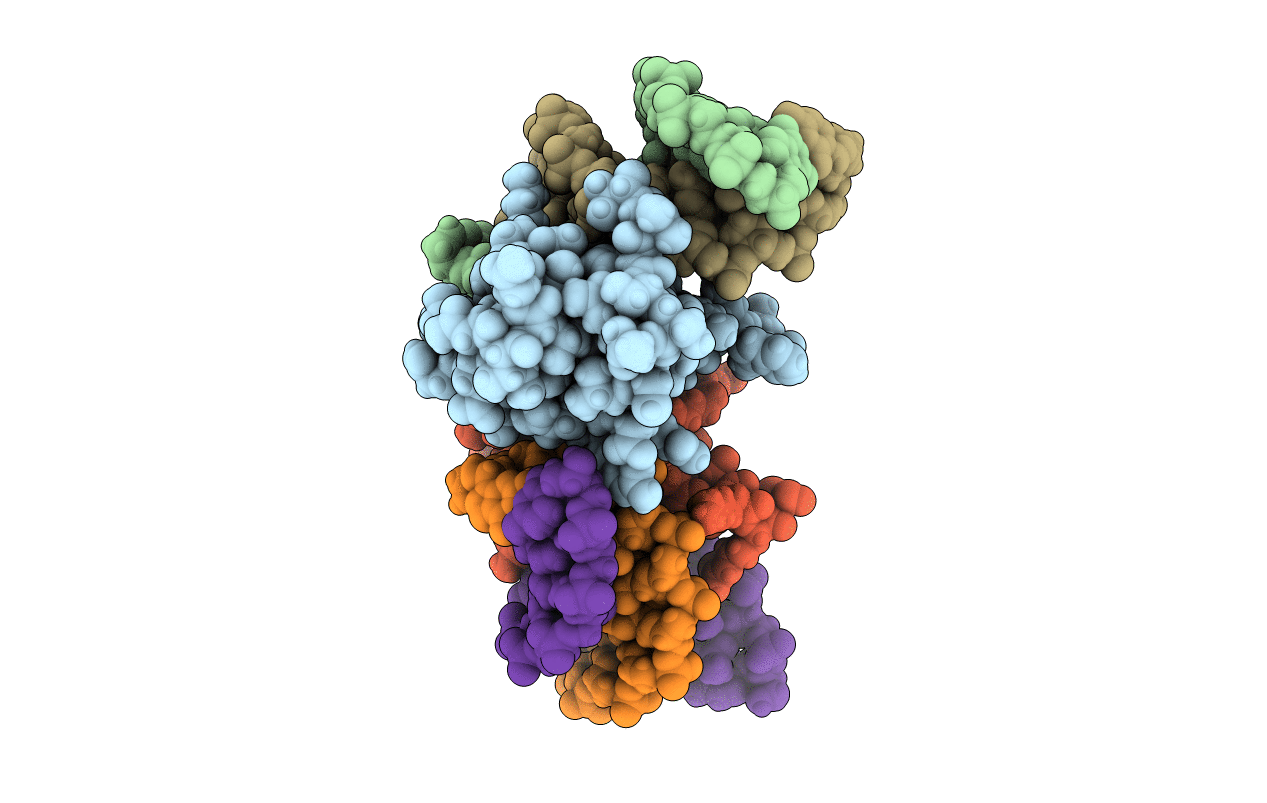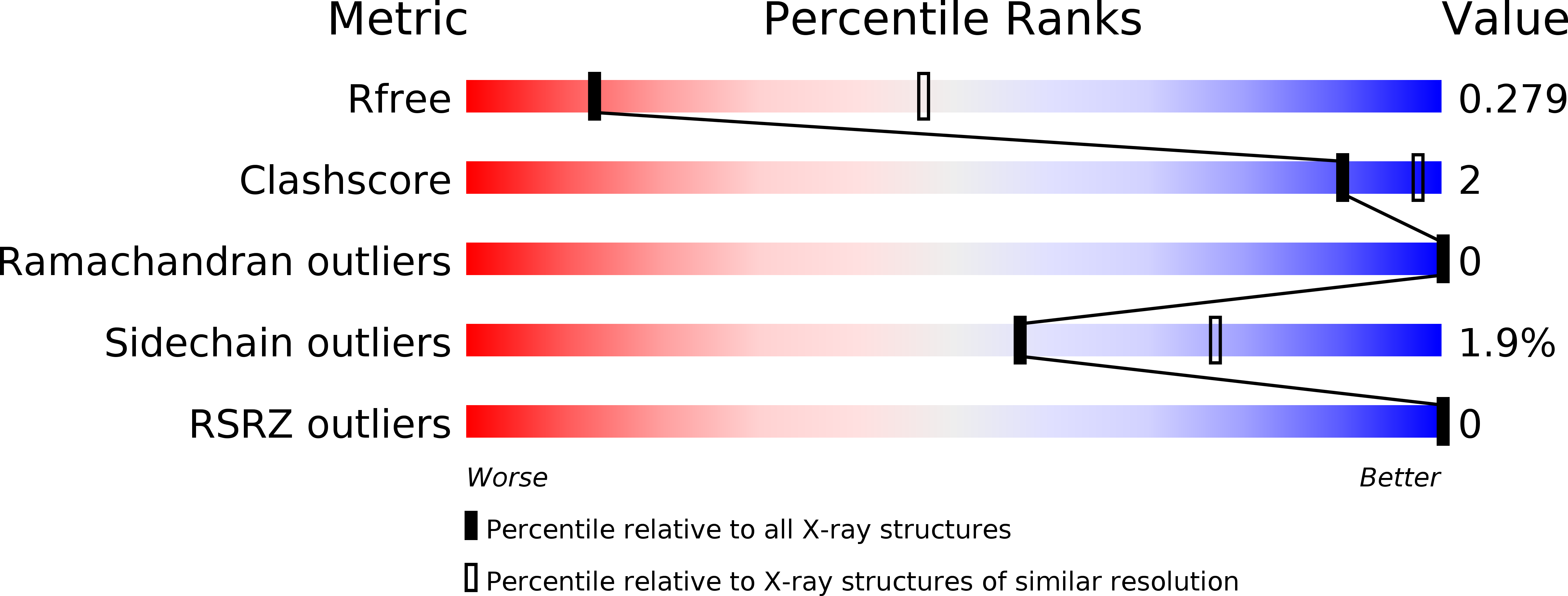
Deposition Date
2014-09-12
Release Date
2014-10-01
Last Version Date
2024-11-06
Entry Detail
PDB ID:
4RBO
Keywords:
Title:
Crystal structure of a Nanog homeobox (NANOG) from Homo sapiens at 3.30 A resolution
Biological Source:
Source Organism:
Homo sapiens (Taxon ID: 9606)
Host Organism:
Method Details:
Experimental Method:
Resolution:
3.30 Å
R-Value Free:
0.26
R-Value Work:
0.23
R-Value Observed:
0.23
Space Group:
P 65 2 2


